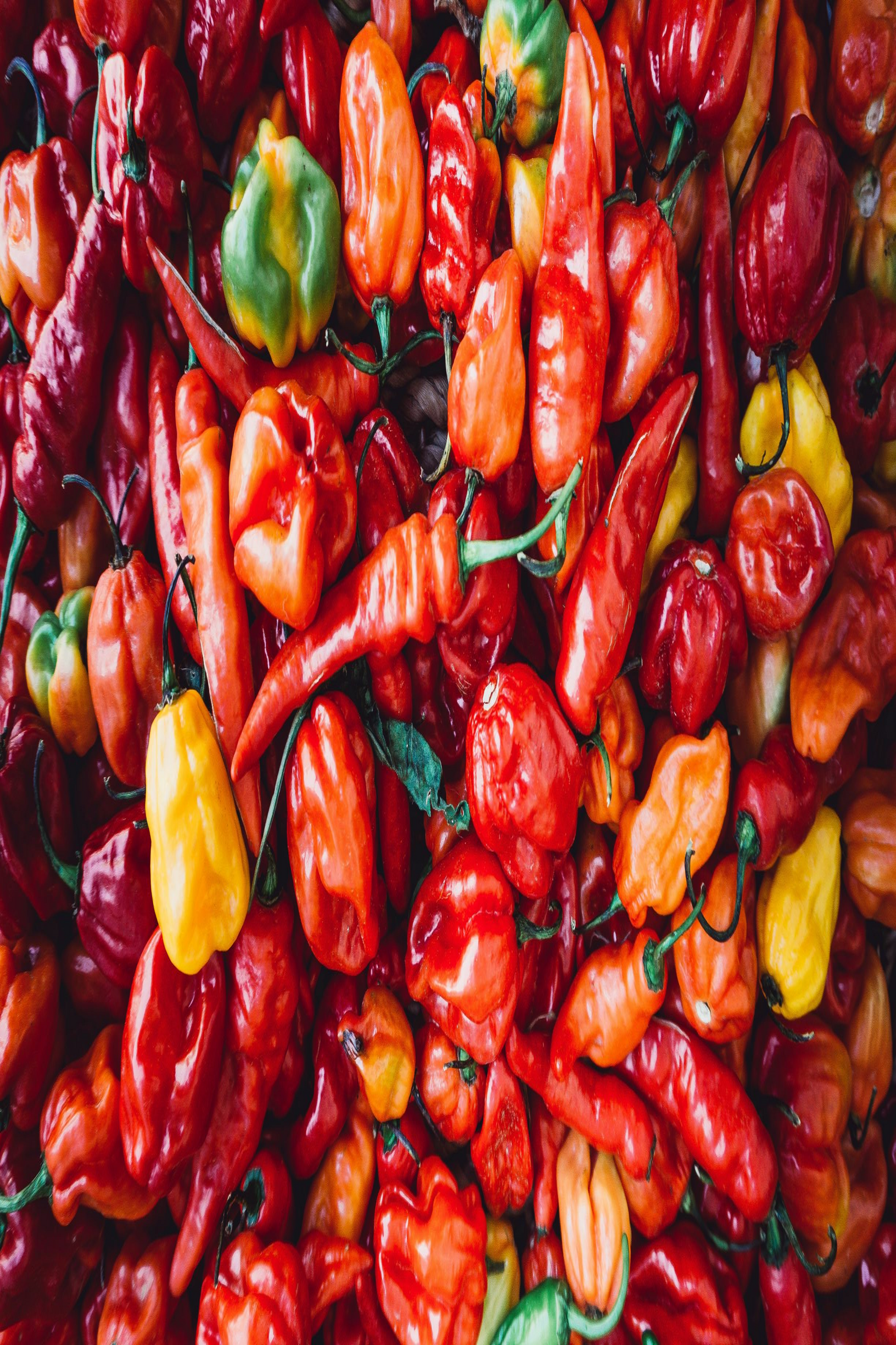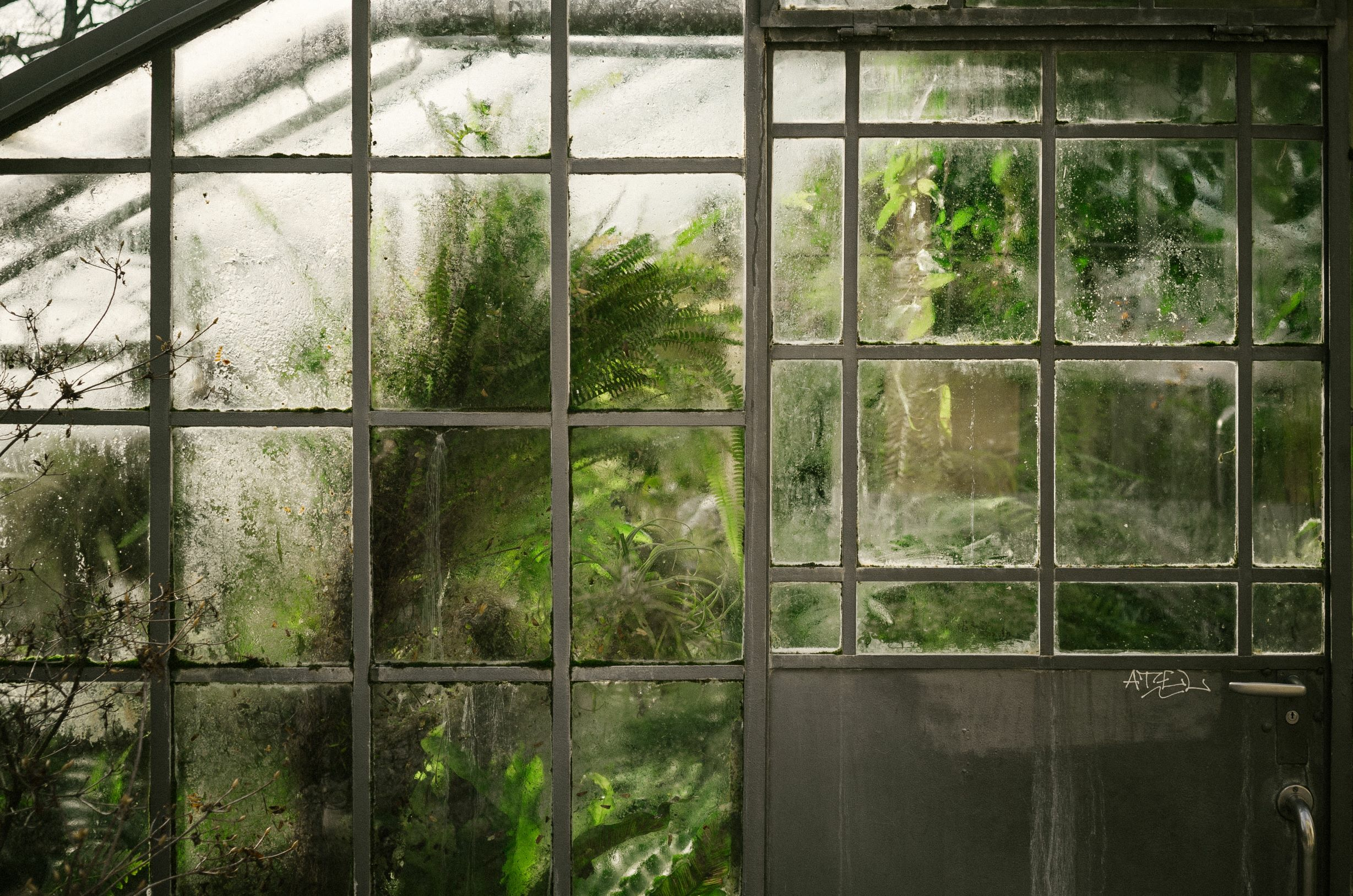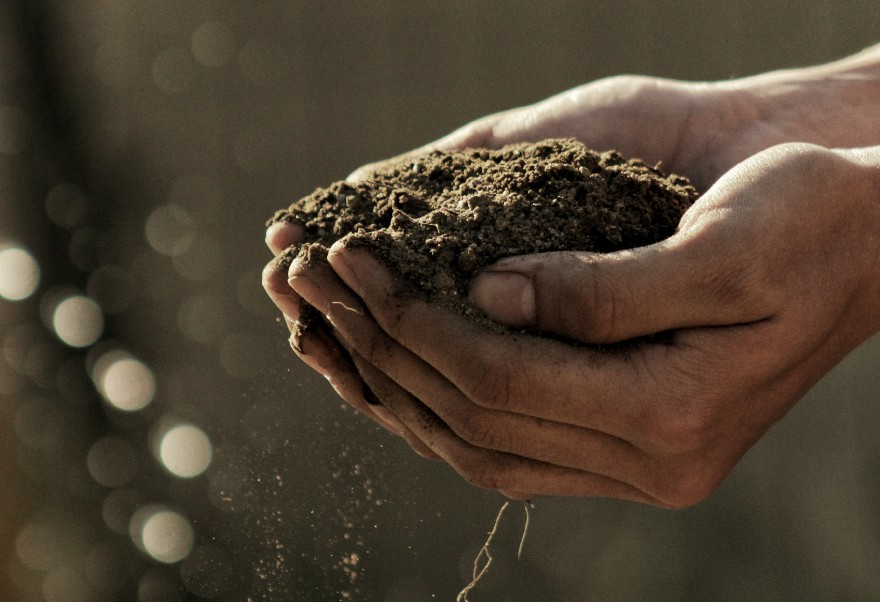Overwintering chili
Why?
In their homeland, many chili varieties are perennial. Here, however, winter puts a spanner in the works. With a few little tricks, you can still get your chillies through the winter unscathed and harvest even more abundantly next year.
Chili plants are actually perennial
Chilies originally come from Central and South America. Spoiled by the sun and warmth, they can easily live for several years there. In our latitudes, however, the growing period is very limited. As soon as the temperatures drop, it becomes too cold for chilies here. With a few simple tips, however, you can successfully bring your chilli plant into the next gardening year and harvest from it for several years.
Which varieties are suitable?

- Rare or hybrid varieties: the seed changes so that a different plant would grow from the seed
- Wild varieties (e.g. Chiltepin, Ulupica, Rocoto)
- For fast-growing varieties (e.g. Serrano, Jalapeno, Inferno), overwintering is not worthwhile; here, seed collection and sowing in spring is more efficient.
How do I go about overwintering?
- Leave the chilli in a sheltered place for as long as possible (until October/November)
- As soon as temperatures drop below 10 ° C/50 ° F, the plant can be moved to its winter quarters. A bright, cool place with temperatures between 10 - 20 ° C/50 - 68 ° F is best. The soil should be as dry as possible to begin with, as it dries out very slowly in its winter quarters
- The metabolism of your chili plant is now reduced to a minimum. From now on you should only water very sparingly, the soil must never be wet! You can do without fertilizing over the winter.
Main problems with overwintering
- too low a temperature
- too dark
- too moist soil (can lead to mold or fungus gnat infestation)
- pests (e.g. aphids or whitefly), neem oil can help here
Which locations are suitable?

- Conservatory
- Heated greenhouse
- Stairwell
- Living rooms below 20 ° C/68 ° F
Prune chili?
- Harvest all remaining fruits. You can dry them or process them into chili paste - Remove dried leaves and shoots
- Shorten long shoots so that the shape becomes more compact and the plant does not put any more energy into shoot growth. Even with radical pruning, you should leave at least two nodes above the branch
- Heavily pruned plants with few leaves are better suited to a cold winter at around 10 ° C/50 ° F.
Waking up from hibernation

As soon as the temperatures are permanently above 10 - 15 ° C/50 - 59 ° F, you can slowly bring the chili plant back to life. Plant it in a slightly larger pot and give it fresh soil. From now on, you can also start fertilizing regularly again. However, it is advisable to start with a small amount of fertilizer and increase it gradually.
